Name John Courcy | ||
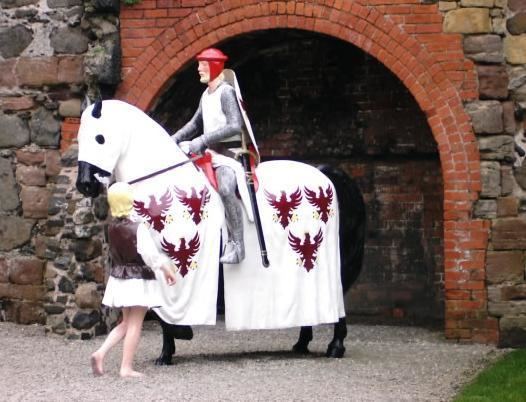 | ||
Died 1219, Craigavon, United Kingdom Similar People Edward I of England, Alberic of Citeaux, Bernard of Clairvaux, Stephen Harding, Robert of Molesme | ||
Organizations founded Cistercians | ||
6 carrickfegus castle lady affreca wife of john de courcy
John de Courcy (also John de Courci) (1150–1219) was an Anglo-Norman knight who arrived in Ireland in 1176. From then until his expulsion in 1204, he conquered a considerable territory, endowed religious establishments, built abbeys for both the Benedictines and the Cistercians and built strongholds at Dundrum Castle in County Down and Carrickfergus Castle in County Antrim.
Contents
- 6 carrickfegus castle lady affreca wife of john de courcy
- Poems for John De Courcy Ireland filmed Dun Laoghaire Harbor
- Early career in Ireland
- Later career in Ireland
- Family tree I
- Family tree II
- References
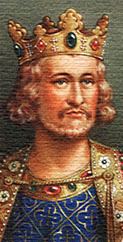
Poems for, John De Courcy Ireland, filmed, Dun Laoghaire Harbor
Early career in Ireland
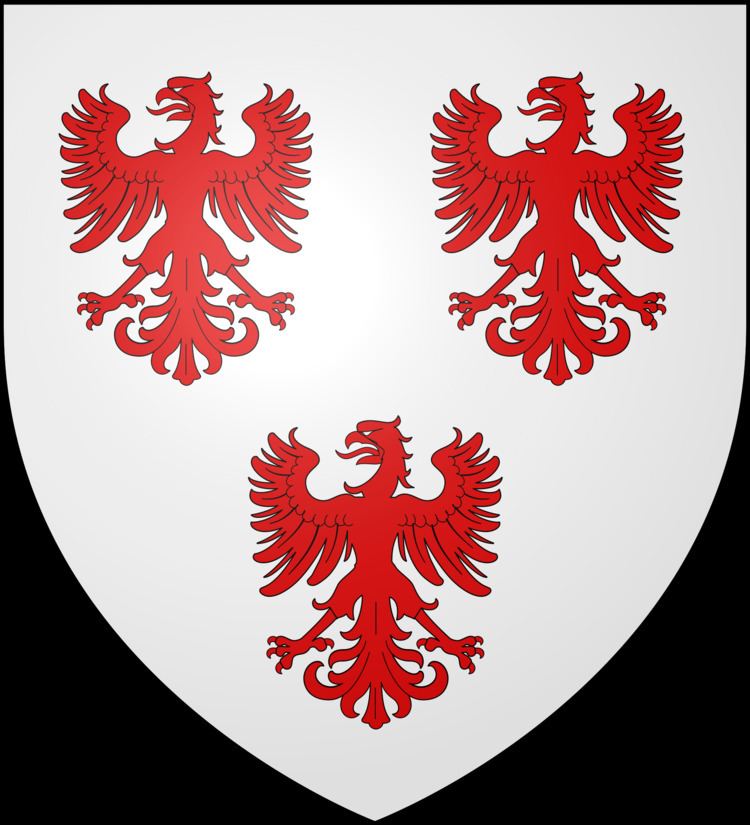
John de Courcy, of Stoke Courcy, in Somerset, came to Ireland around the year 1171 as part of the Norman invading forces, brought in as mercenaries working for Diarmaid Mac Murchadha, the ousted King of Leinster, to help him regain his position as king. De Courcy's great-grandfather, Richard de Curci is named in the Domesday Book. His grandfather, William de Curci I, married Emma of Falaise. His father, William de Curci II, married Avice de Meschines and died about 1155, leaving the family estates in Somerset and elsewhere in England to his son, William de Curci III, John's elder brother.
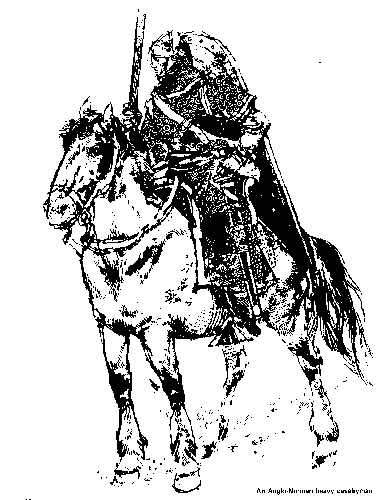
John was very ambitious and wanted lands for himself. He decided to invade the north of Ireland which was controlled by Irish dynasties. In early January 1177 he assembled a small army of 22 knights and 300-foot soldiers and marched north, at the rate of thirty miles a day. They skirted the back of the Mourne Mountains and took the town of Dún Dá Leathghlas (now Downpatrick) by surprise. After two fierce battles, in February and June 1177, de Courcy defeated the last King of Ulaid, Ruaidhrí Mac Duinnshléibhe.
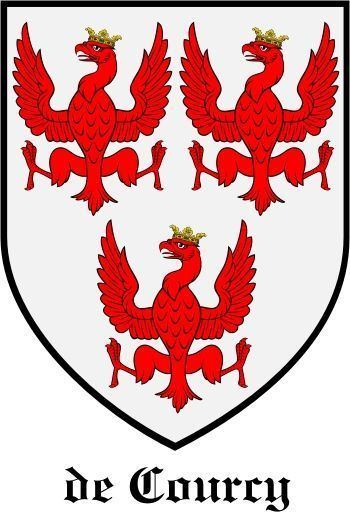
He did all this without King Henry II's permission.
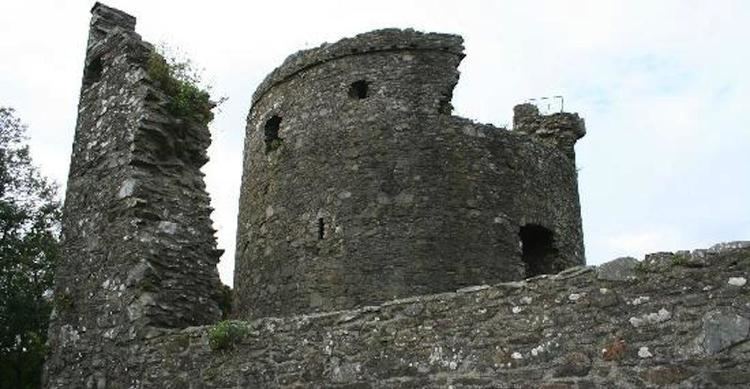
After conquering eastern Ulster he established his caput at Carrickfergus, where he built an impressive stone castle. Other monasteries and castles that he built are Inch Abbey and Dundrum. He married Affreca, daughter of Godred II Olafsson, King of Mann. It is likely that the marriage, as in the case of many kings and those aspiring to be kings in those days, was political, to seal an alliance with her father who paid homage to the King of Norway. John and Affreca are not recorded to have had any children. Affreca built a monastery at Greyabbey dedicated to Saint Mary of The Yoke of God. She is buried there and her effigy, in stone, can still be seen.
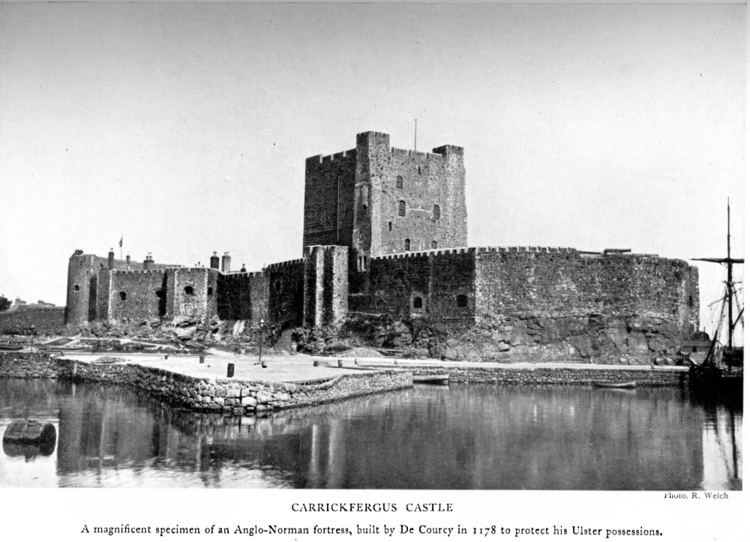
In 1183, de Courcy provided for the establishment of a priory at the cathedral of Down with generous endowments to the Benedictines from Chester in England (free from all subjugation to Chester Cathedral). This building was destroyed by an earthquake in 1245. He also created a cell for Benedictines at St. Andrews in the Ards (Black Abbey) for the houses of Stoke Courcy in Somerset and Lonlay in France, which was near Inishargy, Kircubbin, in present-day County Down. The early Irish monastery of Nendrum was given to the Benedictine house of St Bees in Cumberland in order that they might also establish a cell. His wife, Affreca, founded the Cistercian monastery of Grey Abbey, Co. Down, as a daughter house of Holm Cultram (Cumberland) in 1193.
He also made incursions into the west to increase his territory and lordship. In 1188 he invaded Connacht, but was repulsed and the next year he plundered Armagh.
Later career in Ireland
Hugh de Lacy, younger son of Hugh de Lacy Lord of Meath, began to wage war on John de Courcy, capturing him in 1204. An account of his capture appears in the Book of Howth. This passage helps explain why John had a reputation as a strong, God-fearing warrior:
Sir Hugh de Lacy was commanded to do what he might to apprehend and take Sir John de Courcy, and so devised and conferred with certain of Sir John's own men, how this might be done; and they said it were not possible to take him, since he lived ever in his armour, unless it were a Good Friday and they told that his custom was that on that day he would wear no shield, harness nor weapon, but would be in the church, kneeling at his prayers, after he had gone about the church five times bare-footed. And so they came at him upon the sudden, and he had no shift to make but with the cross pole, and defended him until it was broken and slew thirteen of them before he was taken.
In May 1205, King John made Hugh Earl of Ulster, granting him all the land of the province "as John de Courcy held it on the day when Hugh defeated him". John de Courcy returned, sailing across the Irish sea from the Isle of Man in July 1205 with Norse soldiers and a hundred boats supplied by his brother-in-law, Ragnold, King of Mann. John and his army landed at Strangford and laid siege to Dundrum Castle in vain, because the defences he himself had made were too strong.
King John then had John de Courcy imprisoned and he spent the rest of his life in poverty. He was subsequently released when he "crossed himself" to go on a pilgrimage to the Holy Land. De Courcy died in obscurity just outside Craigavon.
